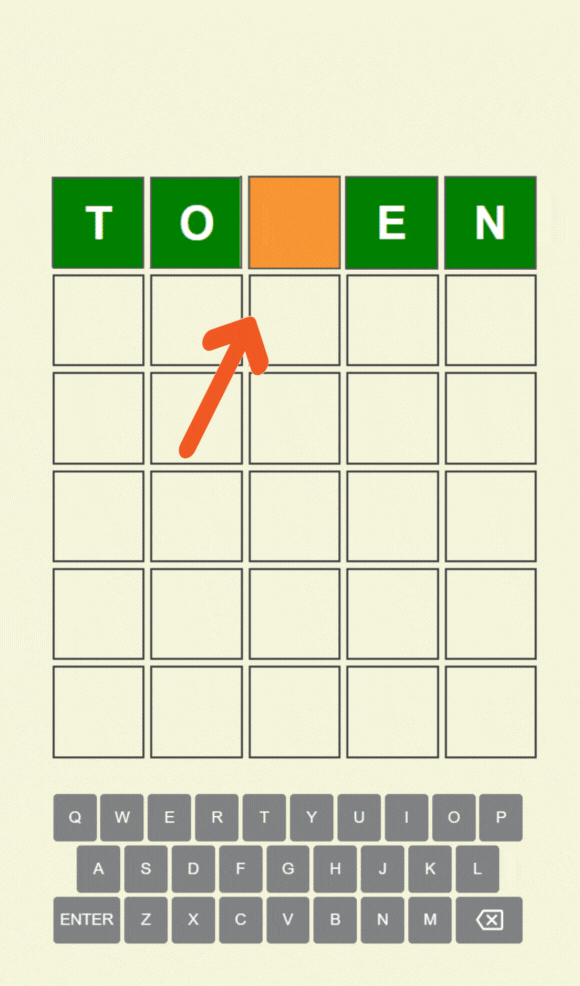On May 19, the XRP futures contracts introduced on CME Group’s vast derivatives exchange marked a significant milestone for the cryptocurrency ecosystem by reaching an impressive trading volume of $1.5 million on the first day. This launch pioneered a new threshold in the industry, with 50,000 XRP blocks traded in just four standard contracts, alongside 106 micro contracts that grabbed the attention of small-scale investors. With the cryptocurrency’s spot price fluctuating around $2.40, institutional investors found clarity in risk management through these cash-settled instruments, making the first XRP derivative product in a regulated market attractive to both institutional funds seeking security and retail strategy hunters.
XRP Futures’ Debut Day Performance
According to CME Group data, a total position consisting of 200,000 XRP was opened across four standard contracts, amounting to $480,000. These standard contracts, due to easy block trading capabilities, emerged as the preferred structure for fund managers in portfolio hedging. Meanwhile, 106 micro contracts, featuring 2,500 XRP units each, offered small investors the chance to leverage with flexibility, contributing a notable $1 million in trading volume on the first day. The low margin requirements of these micro instruments provided a wide maneuvering space for traders seeking leverage, while their pricing was pegged to the CME CF XRP-Dollar Reference Rate, published at 16:00 London time, forming the basis for the daily settlement price.
The cash-settled nature of these contracts eliminated the logistical and regulatory burdens associated with physical XRP delivery. As a result, operational risks for derivative desks decreased, and XRP under the commodity category became a simple accounting entry for U.S. investors. Institutional demand for BTC and ETH has accelerated price formation historically, and a similar roadmap now emerges for XRP. As market makers enhance contract depth, the liquidity pool is set to grow, with high-frequency traders poised to balance volatility.
A Step Closer to Spot ETF Approval
The pivotal milestone allowing the listing of futures contracts was the Commodity Futures Trading Commission’s classification of XRP as a commodity. This classification expedited CME’s process for launching regulated products, described by Ripple  $2 CEO Brad Garlinghouse as “a major institutional-level approval.” The first block initiated by Hidden Road served as a symbolic gesture of confidence in the market. ETF Store President Nate Geraci noted that these futures contracts significantly shorten the path to a spot XRP ETF. A cash-backed fund trading on U.S. exchanges could cement the asset’s place in mainstream finance.
$2 CEO Brad Garlinghouse as “a major institutional-level approval.” The first block initiated by Hidden Road served as a symbolic gesture of confidence in the market. ETF Store President Nate Geraci noted that these futures contracts significantly shorten the path to a spot XRP ETF. A cash-backed fund trading on U.S. exchanges could cement the asset’s place in mainstream finance.
Analysts acknowledge that the capital entering the futures product might remain limited in volume in the short term, but emphasize that it will enrich price discovery in the medium term. The reference price formed in the futures market could create arbitrage opportunities in the spot market, facilitating more transparent price communication for XRP. As institutional investors measure risks in a regulated environment, retail investors receive clearer price signals. Increased liquidity flow creates the necessary market depth for ETF issuers, and upon approval of a spot XRP ETF, fund providers can present a robust infrastructure file to the SEC, citing CME data.
If trading volume shows consistent growth, XRP’s share in traditional portfolios will rise, and the bridge between the cryptocurrency ecosystem and Wall Street will grow stronger.

 Türkçe
Türkçe Español
Español









